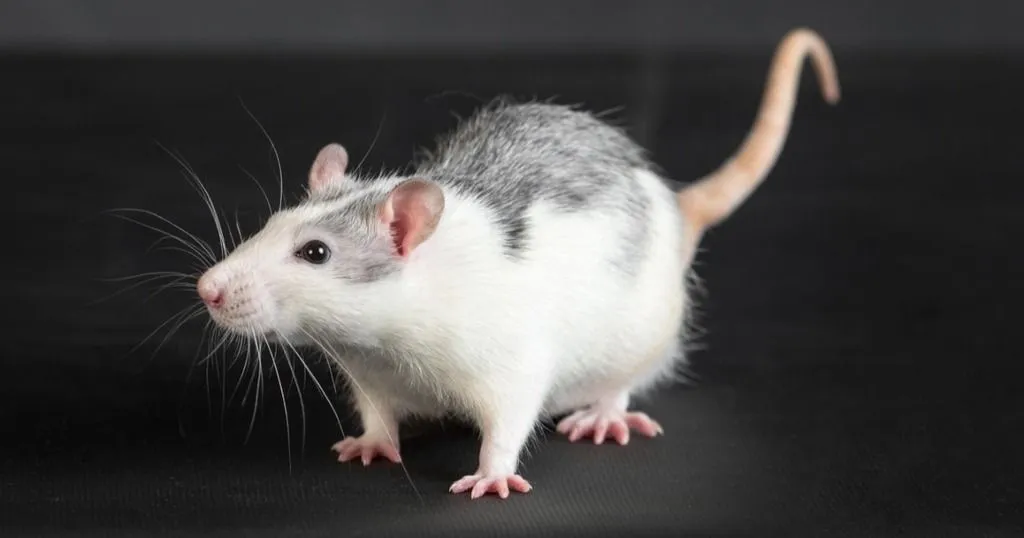3 ways to use rodent gait analysis in CatWalk XT
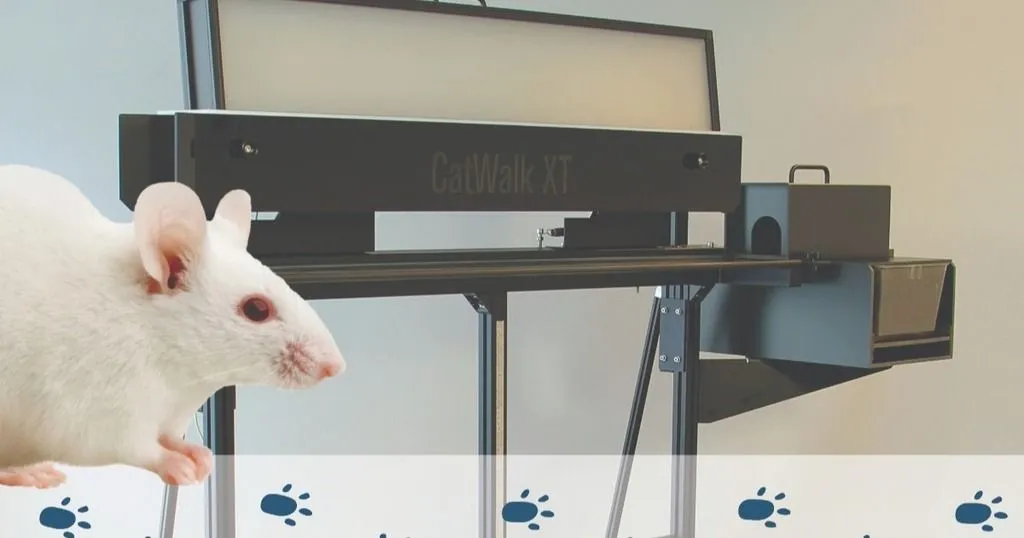
CatWalk XT has been used for gait analysis in multiple studies and has helped experimental procedures for a number of neurological disorders and in lesion models. These 3 blogs tell you more about that!
Posted by
Published on
Mon 11 Apr. 2022
Topics
| Arthritis | Behavioral Research | CatWalk XT | Gait | Gait Analysis | Locomotion | Spinal Cord Injury | Traumatic Brain Injury |
CatWalk XT has been used for gait analysis in multiple studies and has helped experimental procedures for a number of neurological disorders and in lesion models. The great benefit of this gait analysis system is that it lets mice walk freely without being forced. With the Illuminated Footprint Technology and a high-speed camera this system gives you an accurate and automated analysis of the locomotor ability of your rodents.
3 ways to use rodent gait analysis in CatWalk XT
In this blog post I’ll tell you about three studies where the CatWalk XT gait analysis has been of great help.
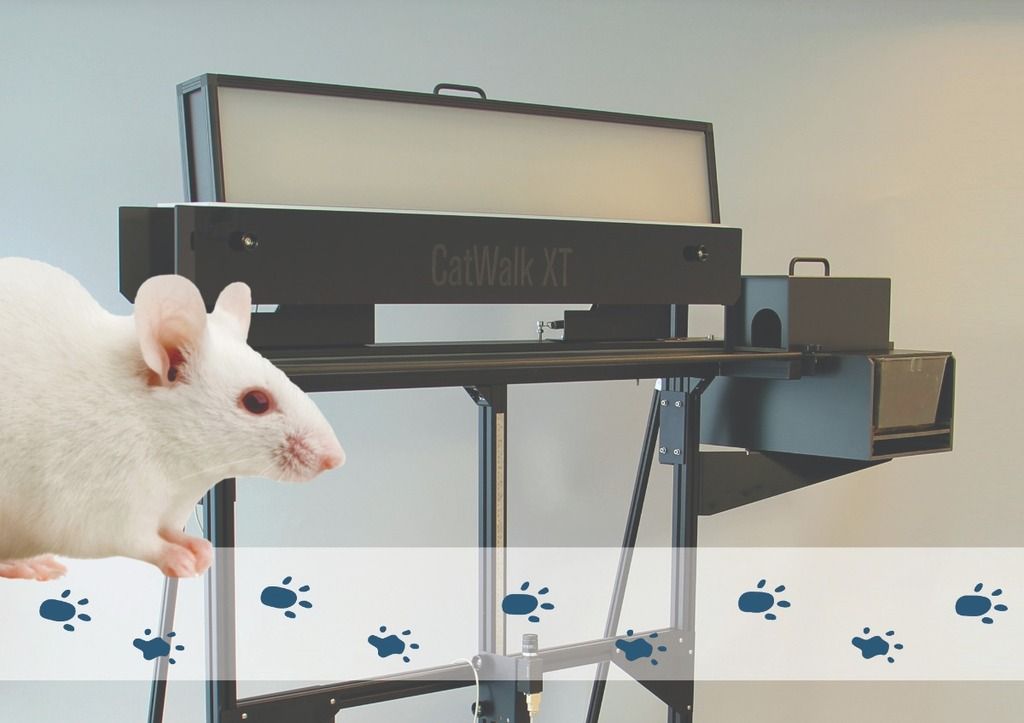
1. A new sensory and motor scale for CIA arthritis mouse model thanks to gait analysis of the CatWalk XT
Rheumatoidarthritis (AR) is one of the most common chronic inflammatory diseases. Even though numerous therapeutical approaches are used to alleviate symptoms, disease remission is very rare. Therefore, there is need to better characterize the pathology in order to develop new therapies. In the study of Anne-Laure Bonnefont and colleagues, an exhaustive quantification of inflammation, pain and locomotor deficits was performed in collagen-induced arthritis (CIA) and Methotrecate (MTX) treated mice compared to a control group.
Among different tests they’ve performed on these mice, the CatWalk XT setup had the advantage to monitor pain and sensitivity in a non-invasive manner with the automated gait analysis. Because the system lets mice willingly and freely cross the walkway it has been a great help to precisely monitor both sensory and motor deficits associated with arthritis progression and in response to therapeutic treatment.
Thanks to different studies using gait analysis in CatWalk XT, these researchers could propose a new scale, namely the Arthritis Sensory and Motor (ArthriSM) scale, as a new theragnostic tool to predict motor and sensory deficit based on the clinical score in an experimental mouse model of CIA. Curious about this research? Click here to read the original blog post.
2. Evaluating walking mice with gait analysis after a complete spinal cord crush
Researchers from the University of Bochum recently achieved a major break-through in their search for a potential therapeutic approach for spinal cord injury (SCI). Spinal cord injury is damage of the spinal cord that often occurs after traumatic incidents like a car accident, a fall from great height or from a non-traumatic disease, such as tuberculosis.
In their study, the researchers discovered that a protein called hyper-interleukin-6 (hIL-6) stimulates signaling and axonal regeneration in a deeper brain area that is difficult to reach. These deeper brain areas are important for movement processes, such as walking and running. They injected the hIL-6 into the easily accessible sensorimotor cortex of the brain and observed the regeneration of neuros in a deeper level of the brain. The axonal regeneration in this level is essential for functional recovery after spinal cord injury. With the hIL-6 injected, paralyzed animals started to walk again after two to three weeks!
To evaluate this, the researchers used CatWalk XT for gait analysis of functional recovery after spinal cord injury. The CatWalk XT captures the actual footprints of the subjects and is therefore the ideal tool to get accurate results of each paw touching the glass, the total area touching the glass, stride length, base of support and regularity which are also the parameters that the researchers looked at in this study.
Curious to know more about this study? Click here to read more.

3. CatWalk XT: Valid tool for objective gait analysis in Traumatic Brain Injury mice model
Where traditional clinical tests like the rotarod, beam walk, grid walk and the cylinder test have several limitations to get a valid assessment of gait and motor function, CatWalk XT can help improve studies involving Traumatic Brain Injury (TBI) by using a sophisticated gait analysis module, which is extremely user friendly. CatWalk XT detects very subtle, yet significant impairments which are otherwise impossible to detect by human observation. This makes it perfect for mice with Controlled cortical impact (CCI), because these show relevant gait impairment and deficits in motor function, just as in people with traumatic brain injury.
Walter et al. (2020) decided to give it a try and used a CCI mouse model to examine more than 100 different spatial and dynamic parameters that are automatically analyzed by the CatWalk XT. The mice had to perform around three runs to obtain enough data for the researchers. After collecting this data and running the analysis, Walter concluded that the CatWalk XT is very well applicable to animals subjected to CCI. This makes it a great tool for objective gait analysis in traumatic brain injury, where there is still a growing population of.
Do you want to read more about this research and traumatic brain injury? Click here.
Related Posts
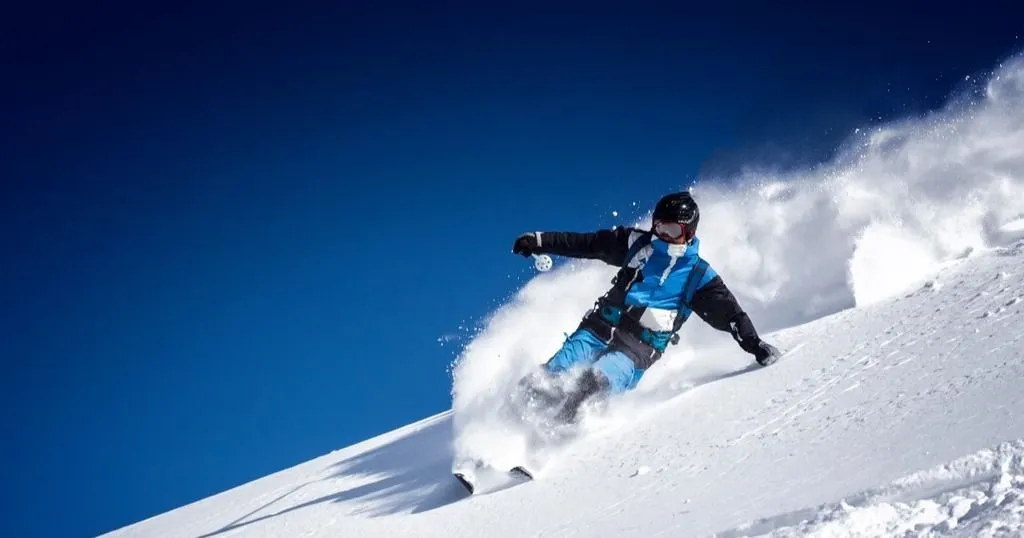
Traumatic Brain Injury: effects on the brain and motor coordination
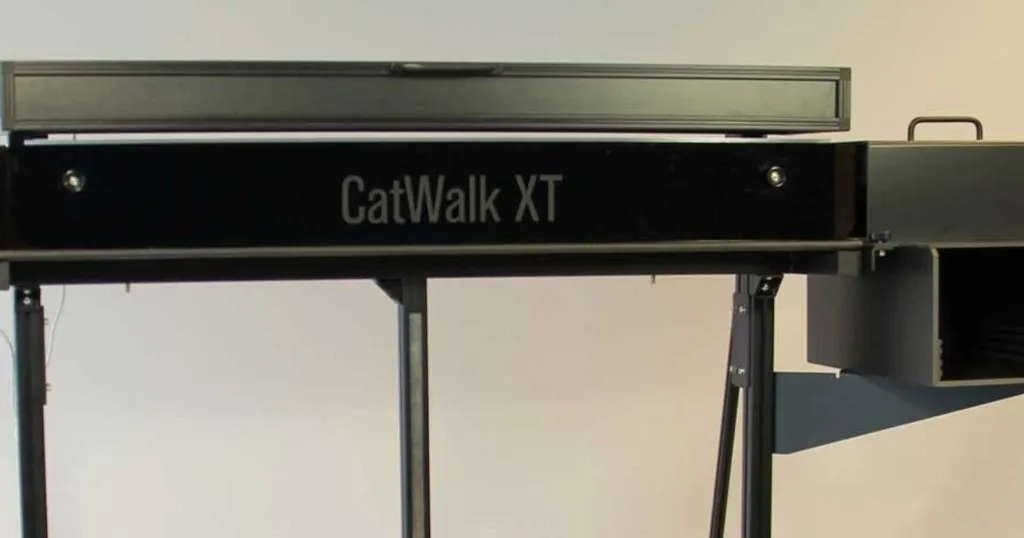
Gait analysis at the PSDL using CatWalk
